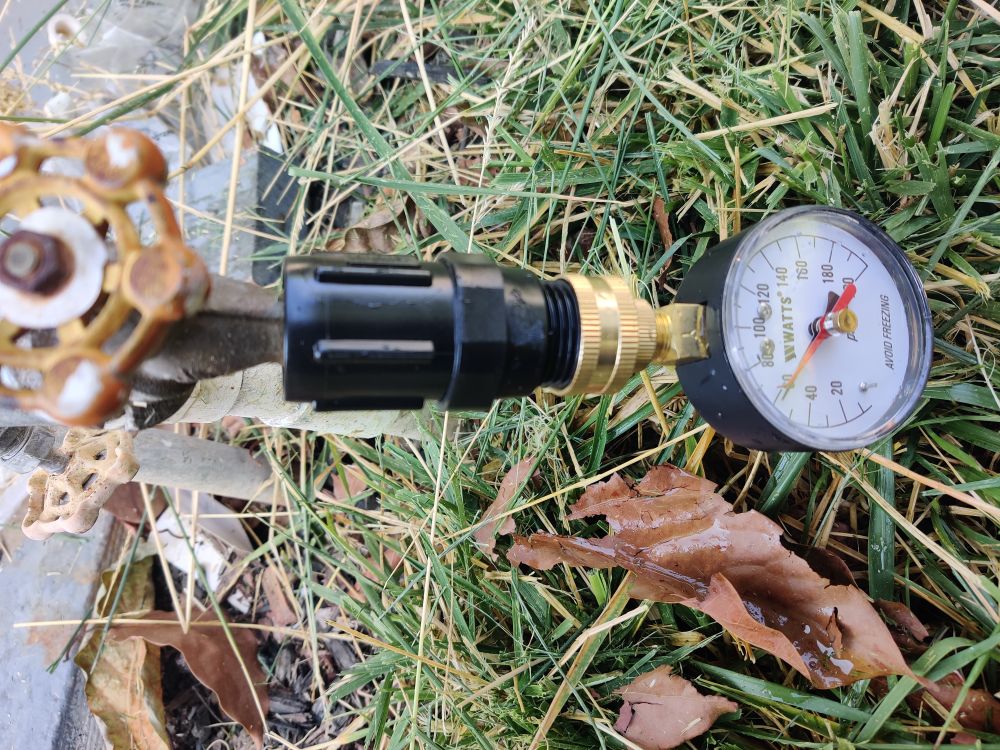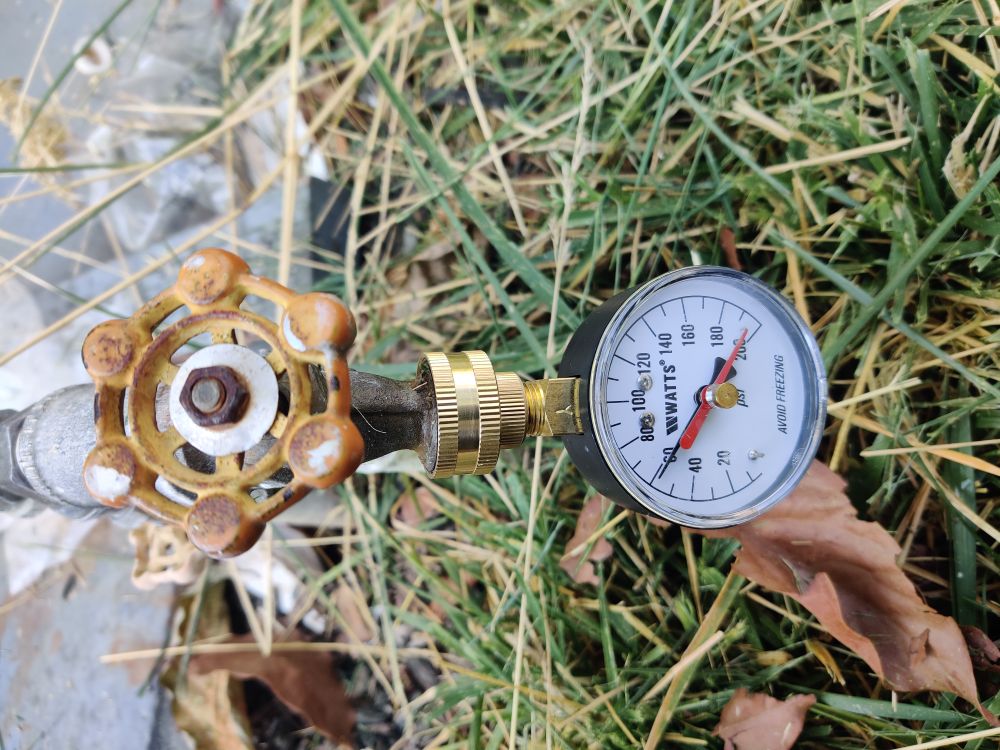this post was submitted on 28 Jul 2024
17 points (94.7% liked)
Gardening
3491 readers
43 users here now
Your Ultimate Gardening Guide.
Rules
- Be respectful and inclusive.
- No harassment, hate speech, or trolling.
- Engage in constructive discussions.
- Share relevant content.
- Follow guidelines and moderators' instructions.
- Use appropriate language and tone.
- Report violations.
- Foster a continuous learning environment.
founded 1 year ago
MODERATORS
you are viewing a single comment's thread
view the rest of the comments
view the rest of the comments


Hey there.
Pressure regulators typically only work when there is flow and also back pressure they can work against.
If you try and measure with the gauge like in the picture you will basically end up measuring input pressure as any tiny leakage of water through the regulator will have nowhere to go afterwards and pressure will build up.
If you want to test the regulator, you need to put it in a line with a few sprinkler heads on it so that there is both flow and back pressure and then put your gauge in a tee piece on that line so it can measure the pressure of the water flowing past.
Ah so I misunderstood how to use guage and in general how regulator works. Thanks for mentioning this. Would it work if I use splitter instead of tee ? (I've splitter readily available to test tomorrow)
Splitter is fine as long as there is somewhere for the water to go after it exits the regulator. You need that flow for it to work.
Just know that you also need a bit of back pressure so the regulator can actually reach the point of regulation, I mentioned sprinkler heads but this back pressure can be a hose with a nozzle, or just your thumb on the end even, as long as there is a bit of flow 😄
absolutely this, life is all good once I used splitter. I can see pressure guage reading 60-65PSI vs 20-25PSI. Thanks a lot for pointing this out